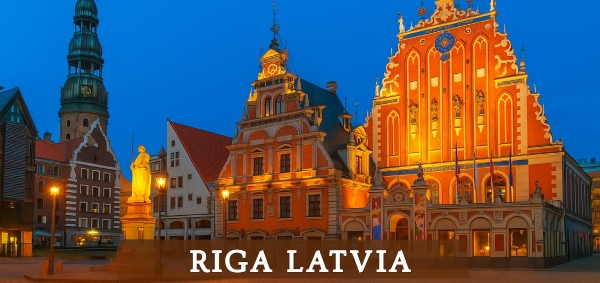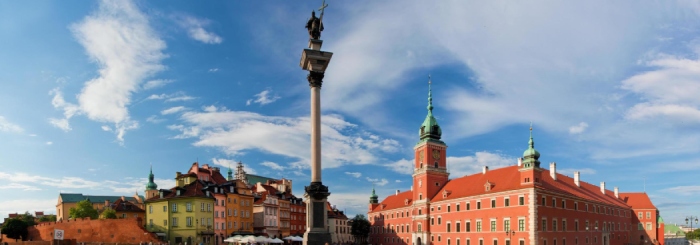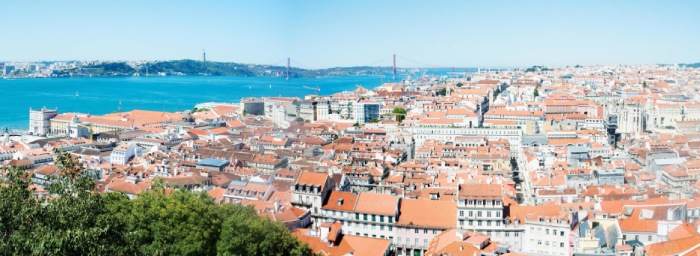For all the gloss layered over travel marketing campaigns, affordability rarely sits at the center. But cost does shape access, sometimes quietly, sometimes bluntly. In 2025, with airfares tight and accommodation rates unpredictable, several European cities stand apart for offering genuine value without compromising experience. These are not secondary substitutes or fallback destinations. They are worth choosing on their own terms.
The following cities reflect comparative cost research, traveler consensus, and shifting value patterns. Each has emerged not only as economical but as atmospherically distinctive, accessible, and culturally dense.
Riga Latvia

Riga consistently ranks among the lowest-cost European capitals, and not by accident. In 2025, it stands at the top of the City Costs Barometer, compiled by Post Office Travel Money, where a weekend for two tallies under £253. This is not mere hotel math. It includes essentials like meals, transport, attractions, and basic leisure.
Part of Riga’s affordability comes from its compactness. Visitors can walk nearly all of the city center without needing paid transit. Trams are inexpensive, but most travelers won’t use them often. The Old Town’s winding alleys and ornate facades lend themselves to slow observation.
Unlike pricier Western European cities, Riga’s bars and cafés, many with Soviet-modernist charm or art nouveau flair, offer drinks under €3. Several of the best museums and public spaces remain free or cost under €5.
Accommodation saw a modest drop this year, despite inflation elsewhere. Even centrally located hotels and short-stay apartments have not followed the sharp curve seen in Prague or Budapest. It’s a city of architectural density and historical variation, but priced for longer, less compressed visits.
Vilnius Lithuania
While Vilnius is only marginally more expensive than Riga, it trades the latter’s imperial grandeur for a different kind of intimacy. The city is smaller, more absorbable, and seems to invite slower pacing. In 2025, costs for a similar city break hover just above £254, and a considerable portion of visitors report spending even less by choosing boutique hostels or guesthouses.
Food prices remain relatively low. Casual meals and street food hover between €4 and €8. A full dinner for two, with drinks, regularly comes in under €30. Museums, churches, and public installations are mostly free or modestly priced.
Vilnius offers a wide field of experiences without pressure to spend continuously. Notably, the Užupis district, an unofficial artistic enclave, is more concept than commerce. Its “constitution” hangs from a wall, translated into dozens of languages, and the space encourages lingering without any transaction.
Hotel rates rose slightly this year, but the city’s low baseline still holds. Public transport, while available, rarely feels necessary for tourists who stay within or near the city center.
Warsaw Poland

Warsaw complicates assumptions. While not conventionally picturesque in the way Kraków or Wrocław might be, its pricing structure offers substantial relief for cost-conscious travelers. A 48-hour public transport card costs less than £4. Airport transfers average £1.60. Even within more commercial districts, dining is reasonable. Dinner for two in a mid-tier restaurant costs around £40, including wine or beer.
What makes Warsaw distinctive is its layering. Visitors can engage with 20th-century trauma at the Warsaw Uprising Museum and then cross into post-socialist high-rises with independent galleries. Most museums offer reduced or free admission days, and several including the POLIN Museum are heavily subsidized.
Crucially, hotel rates have remained stable. Two-night stays in well-reviewed hotels range from £100 to £150. For travelers willing to stay a little outside the center, that cost drops even further. Warsaw doesn’t flaunt affordability, but its consistency makes it one of the strongest budget choices in Central Europe.
Podgorica Montenegro
Podgorica has never been a staple of European tourism, and that fact continues to protect its affordability. According to the 2025 rankings, the city has now entered the upper ranks of cost-efficient destinations, with a city break costing under £282.
The capital’s visual impact is muted, with brutalist structures and scattered Ottoman remnants, but what it offers is pragmatic calm. Most attractions, including historical sites and museums, are either free or priced under €3. Coffee culture runs strong and inexpensive. River paths, bridges, and public spaces are not commodified, which is rare even in less-traveled capitals.
While not known for luxury lodging, the mid-range segment is well-served. Budget hotels charge under €60 per night. What’s more, Podgorica is a gateway. A two-hour drive in any direction leads to national parks, coastal towns, or lake regions. That spatial flexibility adds indirect value for those willing to rent a car or use regional buses.
Lisbon Portugal

Lisbon is a common place to see in travel reports, but not so often as a budget destination to visit. However, the facts are there. Even though it is in Western Europe, Lisbon is one of the cheapest capitals to visit on short holidays in 2025. Food, including wine, is moderately priced. Two people can enjoy a good meal for less than £47. Public transport is regular, clean, and affordable. In some seasons, visitors can get discounted prices for transit cards.
Accommodation is very diverse. Prices have risen, but Airbnb and mid-range accommodations remain significantly cheaper than in Amsterdam, Paris, or even Madrid. For those prepared to stay in nearby towns like Almada or Oeiras, the potential cost savings are even greater.
Lisbon also offers experiential largesse. Almost all of its main sights, including city views, historic quarters, and riverside strolls, are free or incidental. There are only a handful of select spots like Jerónimos Monastery or the National Tile Museum where there are entry fees, and even then rarely beyond €10.
Travel Considerations and Timing
While destination matters, so does timing. Travelers who avoid July and August will find lower accommodation rates and fewer crowds. The April-to-June and September windows remain the most cost-effective.
Most airlines open their lowest fares between six to eight weeks before travel. Avoiding checked luggage, using local SIMs or eSIMs, and opting for city cards where available can make a measurable difference.
Each of the cities above, Riga, Vilnius, Warsaw, Podgorica, and Lisbon, offers something independent of affordability. But it’s that very pricing accessibility that makes them stand out in 2025.
For travelers with limited time or resources, choosing where the euro or pound stretches furthest isn’t a matter of thrift. It’s a way to extend presence, linger in cafes, walk without a schedule, and ultimately travel better.
